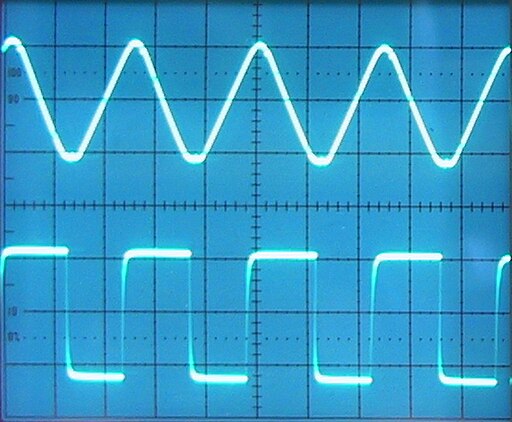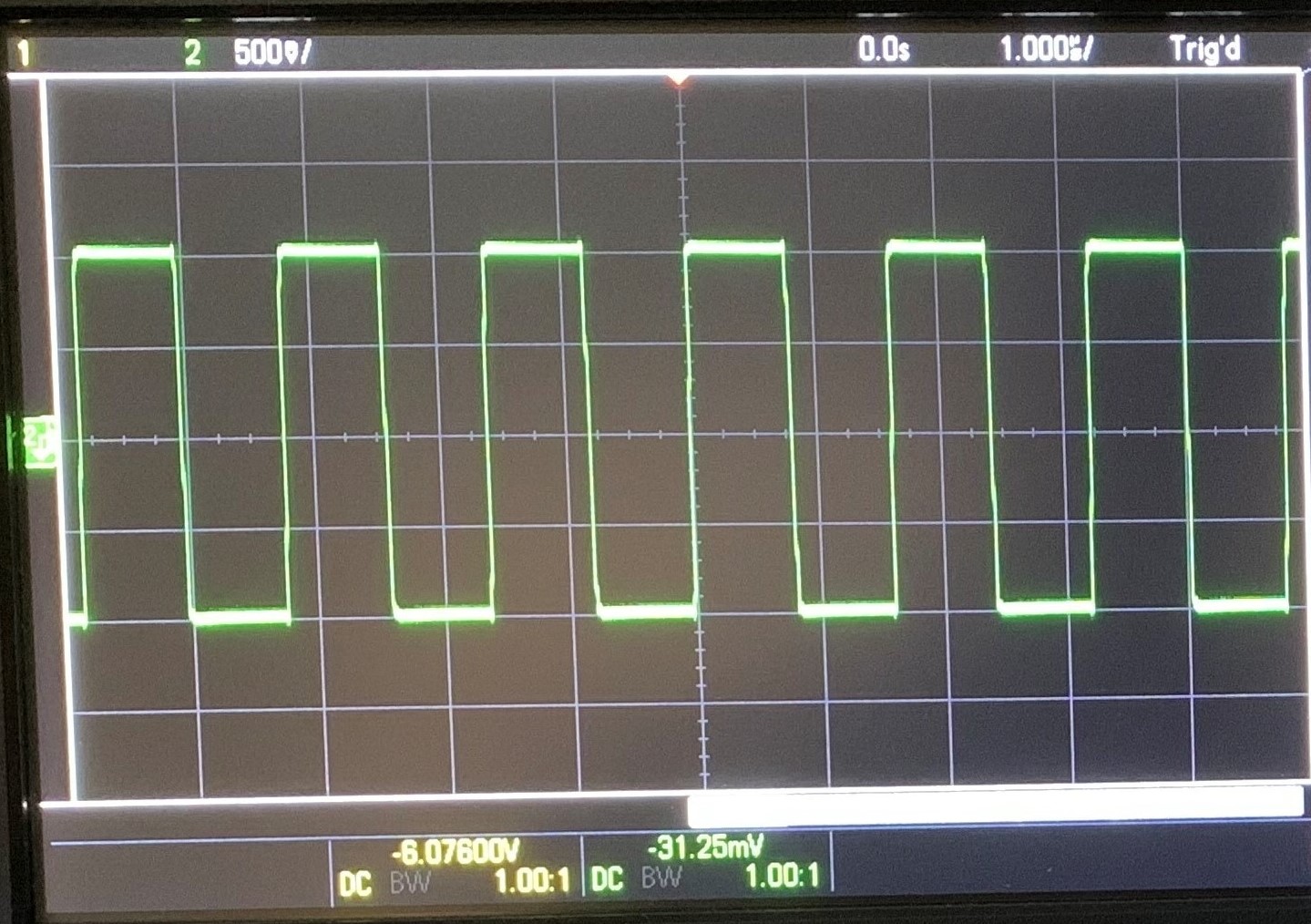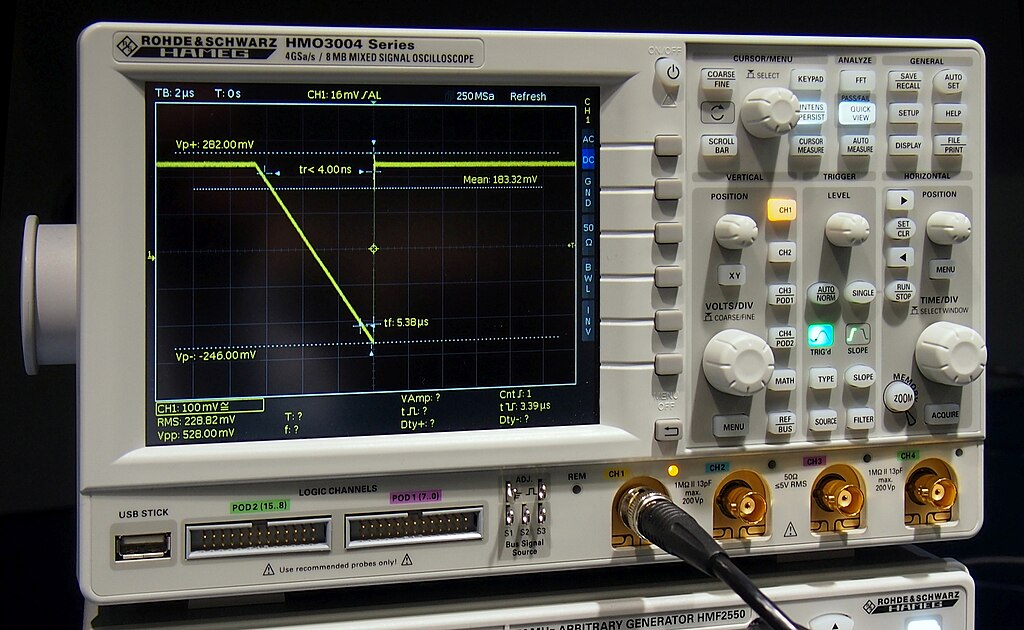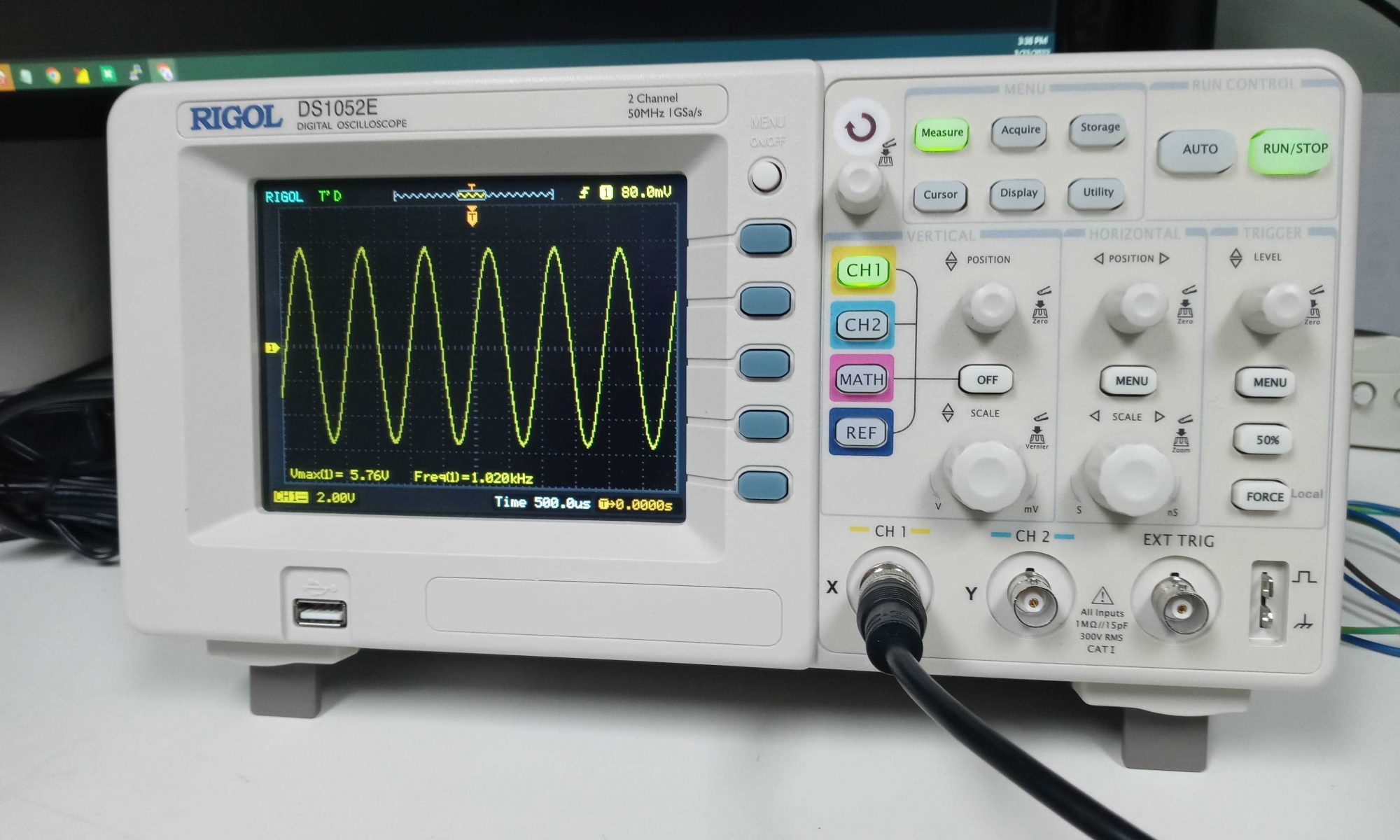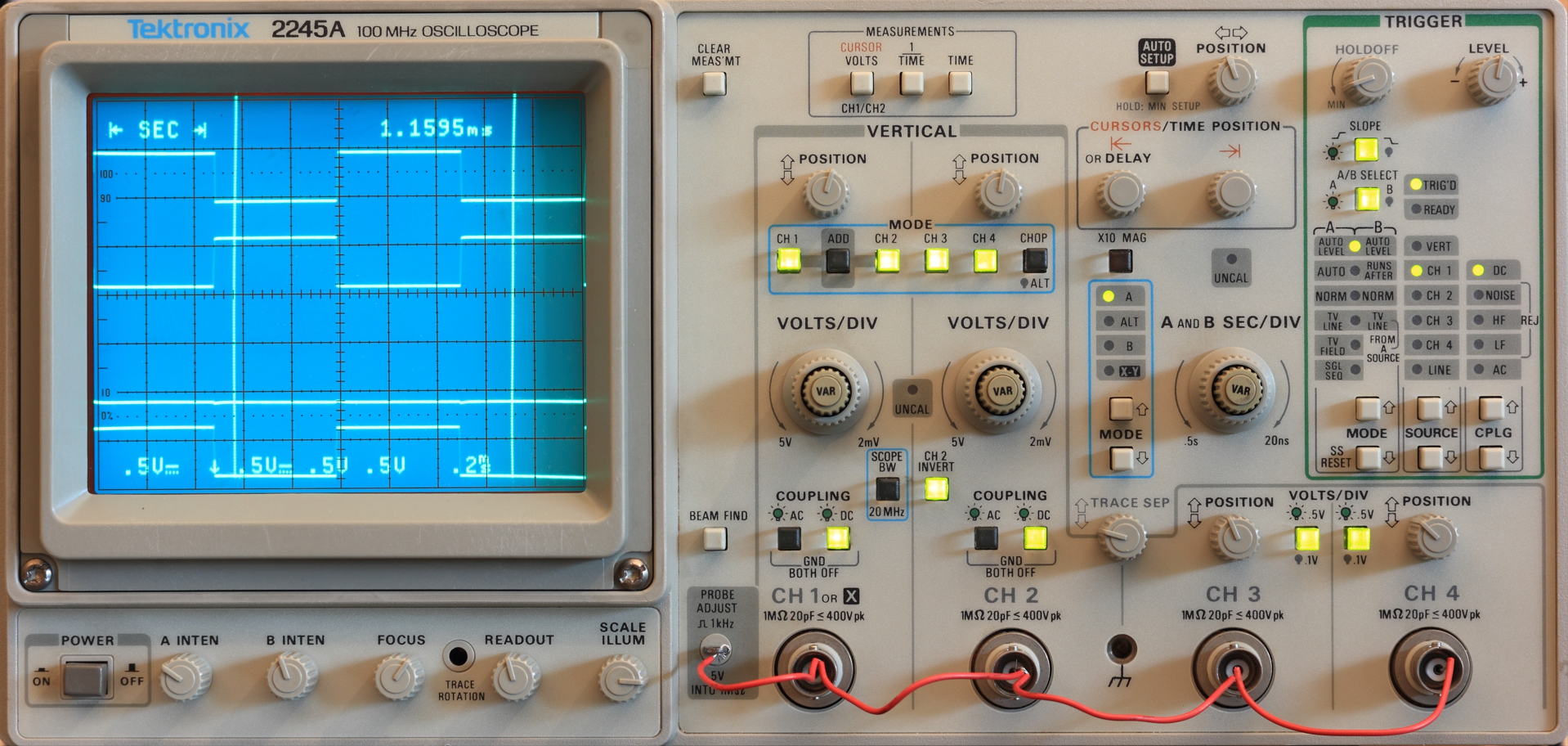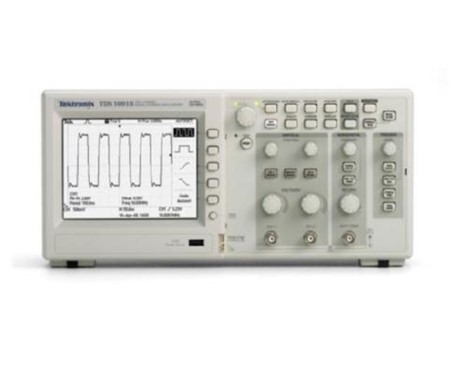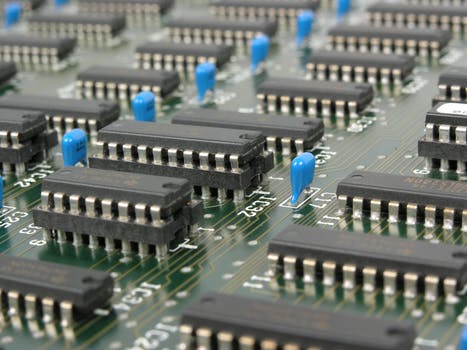
While technology is constantly evolving and innovation is the name of the game, one everlasting component remains a constant: test equipment. These steadfast tools quietly warrant the reliability and quality of products experimented with for decades.
So, what exactly is legacy test equipment, and why is it important? In this article, we’ll discuss the ins and outs of test equipment, what industries it fits into, and how it may be relevant to you.
Continue reading “Introduction to Legacy Test Equipment”